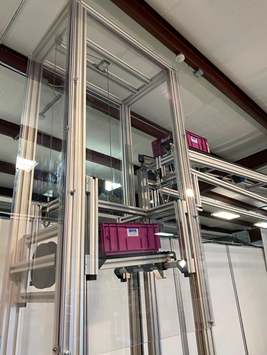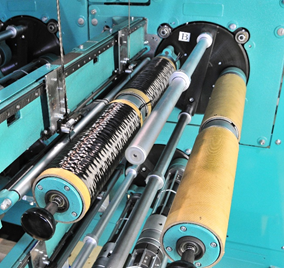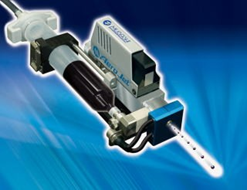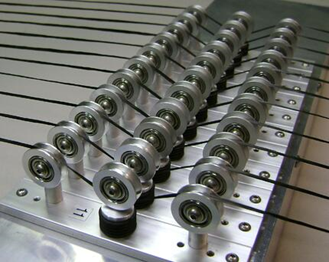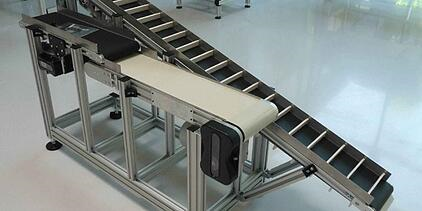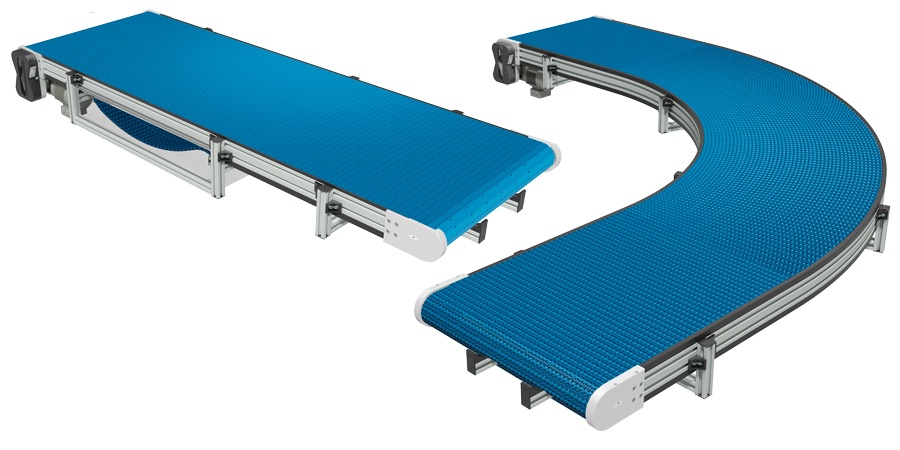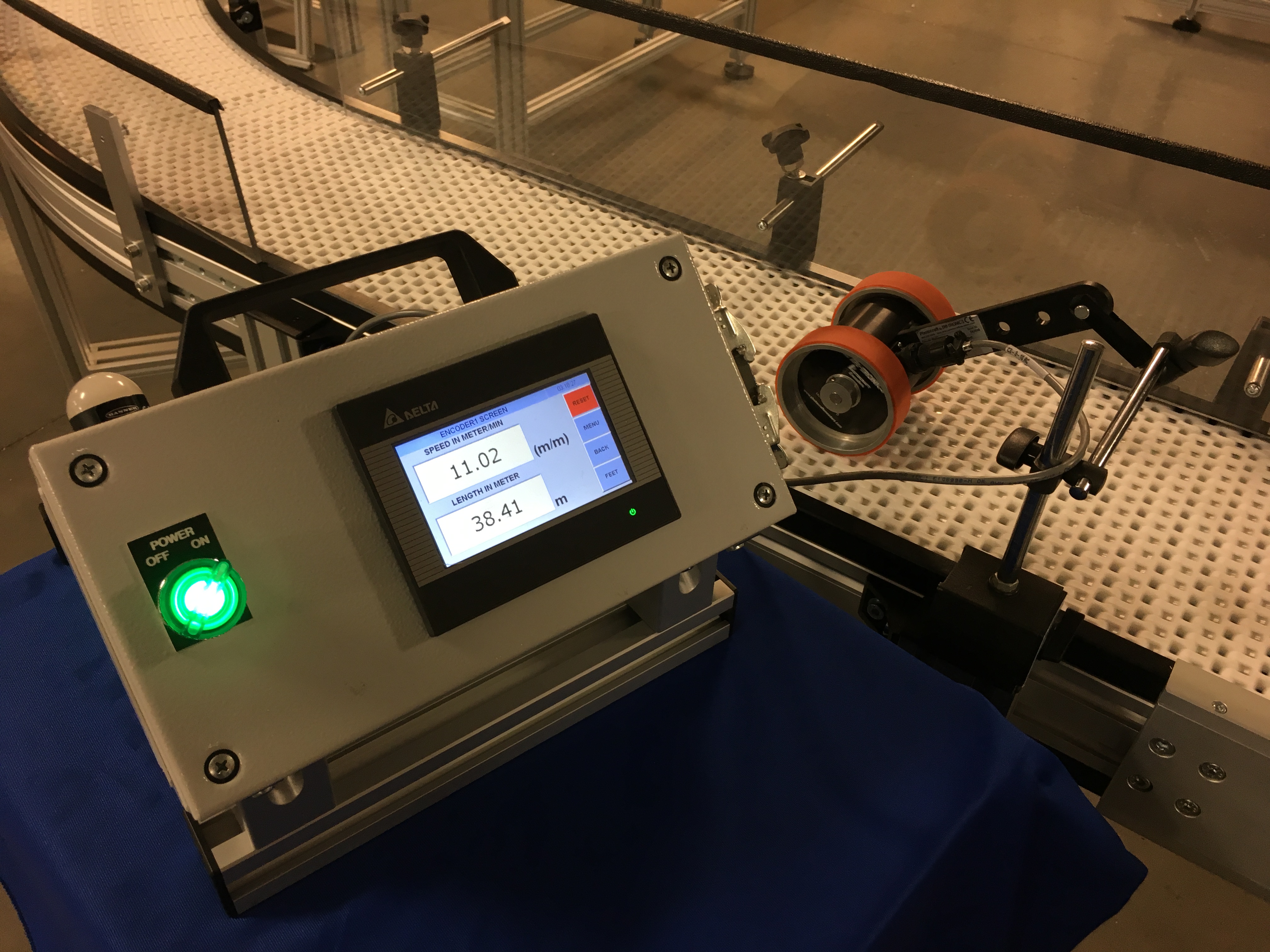Karakuri ningyo (からくり人形) are traditional Japanese automated puppets with origins dating back to the 7th century. Eventually, they gained widespread popularity around 17th century Edo period in Japan, when a theater opened in Osaka with Karakuri puppets on stage. These dolls relied solely on mechanical components such as springs or cams and clever engineering techniques to produce life-like movements, such as a tea serving doll or an archer doll which loads an arrow in his bow and shoots them one by one. Fast forward to present day 2020, and we live in an age where programmable logic controllers enable precise control sequences in millisecond increments, and 6-axis robots configure a completely automated production line. We now integrate sophisticated electronic controls to fulfill our industrial automation requirements.
However, there are still industrial automation processes that can be done by a fully mechanical, “Karakuri” type system. These systems would require no electricity, which could help achieve a green manufacturing target that may be required in a plant. Having no electronic controls also means lower cost, making integration of this type of automation affordable in situations where cost is a key

